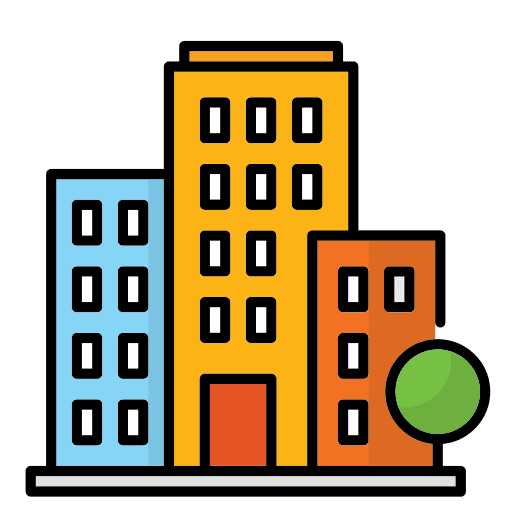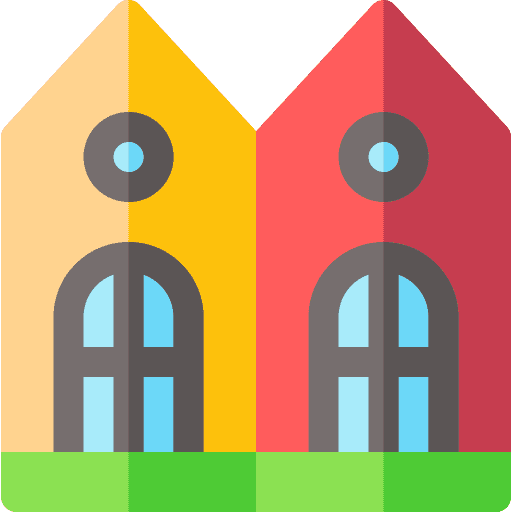Education in India compared to other nations?
Studio
1
1
87 ตร.ม.
รหัสประกาศ 2543192
ไม่ระบุราคา
ขาย : Education in India compared to other nations?
Learning about learning has so far been a mind-opening experience. I am studying to become a social sciences teacher, though education is really a social science in itself. Actually, it has such mathematic complexity, scientific precision, and generally eclectic methods that has thus far been an entirely unique major. Unfortunately, it would be impossible to structure a curriculum that is specialised to each student's personal ‘domain'. If a teacher attempted to create such a course, she would be quickly overwhelmed.Instead of rigidly incorporating them, the class should feature discussions and assignments flexible enough to allow the integration of different domains of student interest. In India education is provided both through public and private means. While the standard of education in private schools is pretty high, the public sector schools are lacking in both quality of education and facilities provided. Mr Johnsons warned that Reform 'can achieve nothing in this election except to usher in the most left-wing Labour government since the war, with a huge majority,' adding: 'Don't let the Putinistas deliver the Corbynistas.' India has a relatively advanced education system in the region.
India has a literacy rate of 74 percent which is better than Pakistan's 57 percent but significantly less thanSri Lanka's literacy rate of 92 percent. To help students grow into participating members of their societies, their education should inform students about the kind of world in which they live. Some basic example of this would be: developing a critical understanding of how laws are passed (both in theory and practise), an understanding of different cultures which are prominent in the students' lives, and the sceptical analysis of the students' own values.
All of these should be executed with immense respect for the students' personal beliefs, but should nonetheless be thought-provoking exercises. Integration of Technology: Technology is transforming primary education. Educational apps, interactive learning platforms, and digital tools are gaining traction, engaging students and enhancing the learning experience. The teacher must not only recognise these domains, but also try to understand how the students are attempting to solve them.
This does not require that the teacher make lengthily records and descriptions of student behaviour for reference; rather, she should keep a mental tab of their emotional and intellectual abilities. With this in mind, she is better able to understand her students without overburdening herself with work. Nel Nodding describes how she attempts to engross herself completely in the student's mindset when helping them: If I care about students who are attempting to solve a problem, I must do two things: I must make the problem my own, receive it intellectually, immerse myself in it; I must also bring the students into proximity, receive such students personally.
(659 Goldstein) 'And yet Starmer's own approval ratings are shockingly low - the lowest ever for an Opposition leader on the verge of entering Downing Street, let alone of a triumph on the scale currently predicted. Poll after poll says the same.' Focus on Personalized Learning: There's a growing emphasis on personalized learning approaches that cater to individual student needs and learning styles. This can involve technology-driven tools, differentiated instruction techniques, and smaller class sizes.
Market Revenue: The primary education market is not just about size; it generates significant revenue.








